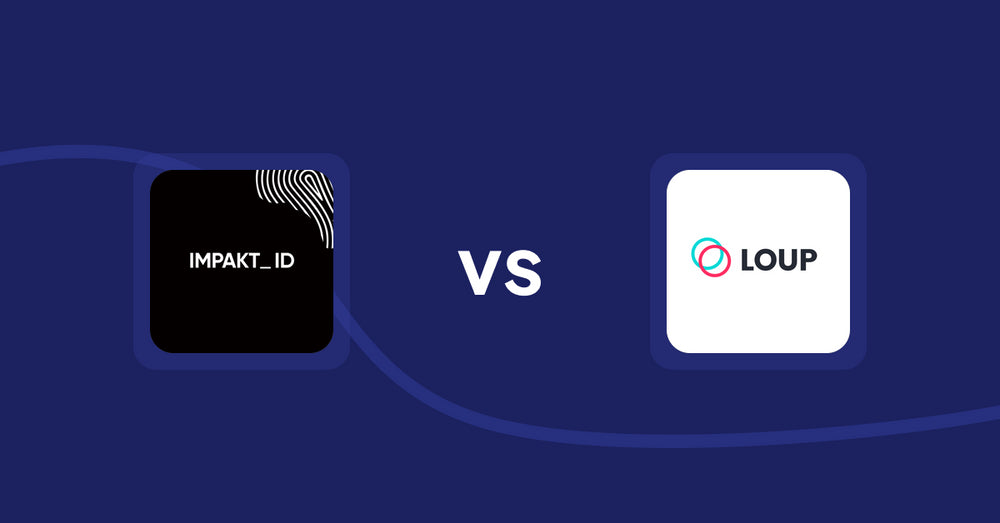Shopify Product Display Apps: Visual Merchandiser vs Fit it
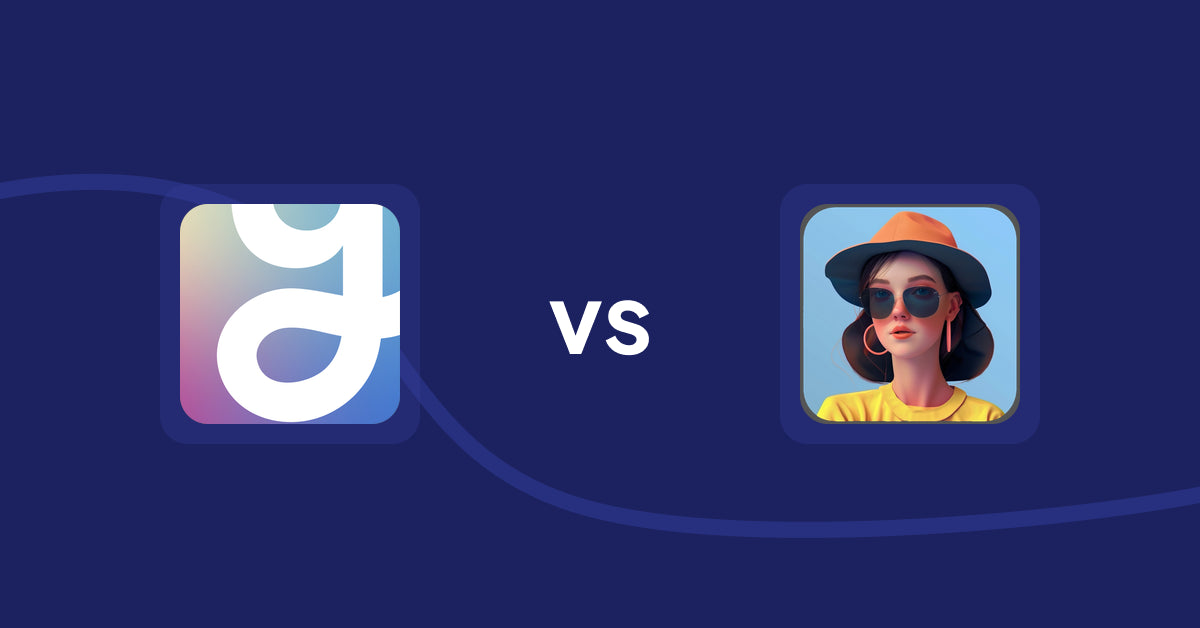
Table of Contents
- Introduction
- How Does Visual Merchandiser Work?
- How Does Fit it Work?
- How Much Does Visual Merchandiser Cost?
- How Much Does Fit it Cost?
- Cost Analysis: Visual Merchandiser vs. Fit it
- User Reviews & Customer Support Insights
- Integration and Compatibility Comparison
- Conclusion
Introduction
In the world of e-commerce, the visual presentation of products plays a critical role in capturing customer interest and driving sales. Studies show that effective product display can increase conversion rates by up to 30%. This highlights the significance of leveraging product display apps to enhance online shopping experiences and boost sales. Product display apps not only provide merchants with tools to organize and showcase their offerings but also help create a more engaging environment for potential buyers.
In this blog, we will explore two applications catering to Shopify users focusing on product display: Visual Merchandiser and Fit it. Both apps offer unique capabilities, making it easier for merchants to manage product presentations visually and effectively. However, upon closer scrutiny, Visual Merchandiser emerges as the superior choice, offering a wider range of features, better flexibility, and a stronger overall user experience.
How Does Visual Merchandiser Work?
Visual Merchandiser is designed to simplify the way merchants organize and display their product collections. With its intuitive interface and powerful features, it caters to businesses of all sizes by providing extensive options for product display.
Key Features
-
Drag & Drop Functionality
- Utility: Users can easily arrange their products by simply dragging and dropping items into desired positions.
- Business Size Relevance: This feature is particularly beneficial for startups as it allows quick adjustments without requiring technical expertise. Small to medium enterprises can streamline their visual merchandising process, while larger businesses can manage complex collections seamlessly.
-
Lock Positions
- Utility: Merchants can lock product positions to ensure consistency across displays.
- Business Size Relevance: For startups, this guarantees a professional look without needing constant monitoring. For larger enterprises, this reduces the risk of accidental rearrangement during updates.
-
Insert Products at Specific Positions
- Utility: This feature allows users to place products precisely where they want in the collection.
- Business Size Relevance: Ideal for retailers looking to highlight specific items. Startups can boost visibility for new products, while larger firms can efficiently manage promotional products.
-
Mass Order Collections
- Utility: Businesses can quickly arrange entire collections, saving time on individual item placements.
- Business Size Relevance: Startups benefit from a streamlined approach, small to medium businesses can optimize their display quickly, while large firms utilize this feature for time-sensitive promotions.
-
Simulate Frontend Display
- Utility: Merchants can preview how their collection will appear to customers before publishing.
- Business Size Relevance: Startups can test layouts without commitment, small to medium businesses can experiment with different arrangements, and larger firms can ensure compliance with branding guidelines before launching.
These features combined provide businesses with the tools needed to enhance product display, engage customers effectively, and optimize sales potential. For instance, a small clothing retailer could use the drag-and-drop interface to highlight their seasonal collection, effortlessly adjusting displays as trends change, while a large enterprise can regionally customize offerings through the mass ordering feature.
How Does Fit it Work?
Fit it focuses on generating AI-powered model visuals that showcase products being worn by models. Its approach offers an alternative method to enhance product appearances but does come with limitations in overall versatility compared to Visual Merchandiser.
Key Features
-
AI-Powered Model Imagery
- Utility: The app generates realistic photos of models wearing the products using existing product images.
- Business Size Relevance: Startups can benefit from reduced photography costs, while larger firms may find it a helpful tool for promoting new collections without extensive resources.
-
Seamless Integration of Merchandise
- Utility: This feature allows businesses to visualize their apparel on realistic model renders without separate inputs.
- Business Size Relevance: For startups, this translates to high-quality visuals without upfront investment in photoshoots. Larger businesses can utilize this to maintain brand consistency across all platforms.
-
Immersive Virtual Try-On
- Utility: Offers the ability to let customers envisage wearing the garments through high-quality visuals.
- Business Size Relevance: This is particularly appealing for larger businesses focused on driving sales through an enhanced customer experience.
While Fit it focuses on providing visually appealing product imagery, it lacks the breadth of functionality that Visual Merchandiser offers for organizing product collections.
How Much Does Visual Merchandiser Cost?
When evaluating product display solutions, cost-effectiveness and value for money are paramount. Visual Merchandiser operates on a tiered pricing model designed to cater to various business sizes and needs.
-
Basic Plan ($10/month)
- Features: Automate collection sorting, highlight products, visual organization.
- Limitations: Designed for Shopify Basic plans; may not include advanced features available in higher tiers.
- Target Audience: Ideal for startups looking to get started with effective merchandising without a large upfront cost.
- Additional Costs: No additional fees attributed to this plan.
-
Advanced Plan ($45/month)
- Features: Includes all features from the Basic plan, plus expanded automation capacities for sorting.
- Limitations: Limited to Shopify Advanced plans.
- Target Audience: Suitable for growing businesses needing more extensive automation features for their product collections.
- Additional Costs: No known extra fees.
-
Plus Plan ($75/month)
- Features: Comprehensive tools for larger enterprises including automated sorting and enhanced visual organization.
- Limitations: Intended specifically for Shopify Plus plans, may not be accessible for smaller businesses.
- Target Audience: Best for large enterprises aiming for top-tier merchandising solutions.
- Additional Costs: None outlined.
It is important to note that you can always reach out to our team and we can create a custom pricing plan to suit your needs and your budget. Schedule a call via this link and we’ll come up with the best solution for you and your business.
How Much Does Fit it Cost?
Fit it operates on a different pricing structure, predominantly offering a pay-per-use model that may suit businesses with fluctuating needs.
-
Free to Install:
- Features: Start with 20 free credits; thereafter, it costs $13 for 100 credits, where one credit allows for the generation of one product photo.
- Limitations: The reliance on a credit system could lead to unexpected costs for businesses requiring high volumes of imagery.
- Target Audience: Best suited for startups looking for low initial costs but may not scale well for businesses with higher output needs.
- Additional Costs: Additional credits needed for generating further product photos, which can accumulate quickly.
Cost Analysis: Visual Merchandiser vs. Fit it
When comparing the pricing structures of Visual Merchandiser and Fit it, the value proposition is clear. Visual Merchandiser offers a more straightforward, predictable pricing model that can accommodate a variety of business sizes. While Fit it’s initial free usage might seem appealing, the potential for escalating costs based on credit usage can be concerning for businesses needing consistent output.
Visual Merchandiser provides certainty and flexibility that can enhance budget management for businesses, making it a more suitable solution across diverse scales of operations.
User Reviews & Customer Support Insights
Is Visual Merchandiser Good?
With a remarkable 5-star rating from 64 reviews since its launch on October 31, 2023, Visual Merchandiser is well-regarded by users. Customers frequently praise its ease of use and the effective organization of product displays that lead to increased sales and customer engagement.
Is Fit it Good?
Conversely, Fit it currently holds a rating of 0 stars from 0 reviews since its launch on May 17, 2024. This lack of feedback makes it challenging to ascertain user satisfaction accurately. Hypothetical user experiences might reflect concerns regarding the app's scalability and the cost structure required for high-quality visuals.
Customer Support Feedback
Good customer support plays a significant role in influencing user ratings and experiences. While there is no specific mention of customer support for Fit it, the absence of reviews may hint at limited user interaction with provided services. Conversely, Visual Merchandiser, with its established reputation, is likely to enjoy a supportive user community and efficient customer service.
User Preference: Visual Merchandiser or Fit it?
When comparing the average ratings of both applications, Visual Merchandiser stands out as the more favored solution. Users are likely to appreciate its array of features, intuitive interface, and responsive customer support, driving their preference toward it.
Integration and Compatibility Comparison
Visual Merchandiser Integrations
While specific integrations are not detailed, the synergy between Visual Merchandiser and Shopify allows for seamless incorporation into any existing store setup, enhancing user experience.
Fit it Integrations
Fit it does not provide specifics on integrations. However, the focus lies mainly on enhancing product photography capabilities, which might not require deep integration with external systems compared to the comprehensive feature set offered by Visual Merchandiser.
Conclusion
Both Visual Merchandiser and Fit it offer robust solutions in their own right. However, Visual Merchandiser ultimately stands out due to its user-friendly design, comprehensive feature set, and flexible pricing based on various business needs. With an impressive 5-star rating from numerous satisfied users since its recent launch, it remains a strong contender for boosting AOV and enhancing customer engagement. While Fit it has its merits, particularly in product imagery, Visual Merchandiser's proven effectiveness and adaptability provide a superior choice for Shopify merchants looking to elevate their product display experience.
Still Searching for the Perfect Customization Solution?
Stop searching and start thriving with Accentuate Custom Fields! This powerful metafield management app supercharges Shopify’s native features, giving you the tools to create a truly personalized customer experience.
Why Choose Accentuate Custom Fields?
- Advanced Customization: Unlimited field definitions, logical grouping, and custom layouts make your store one-of-a-kind.
- Enhanced Editor Experience: Effortlessly edit variant metafields, use advanced HTML and markdown editors, and sync field definitions between stores.
- Flexible Management: Import/export capabilities, automatic tagging, and comprehensive support for Metaobjects and versioning.
- 24/7 Support: If you have any questions or need assistance, our team is available around the clock to help with any custom modifications to suit your store.
Join over 12,000 merchants, including top Shopify Plus stores, who trust Accentuate for their customization needs. With a stellar 4.9-star rating, Accentuate is the go-to tool for advanced CMS needs, offering unmatched flexibility and control over your store’s content. Elevate your Shopify store with high-quality content that boosts customer experiences and conversions. Tell your story, showcase your products, and create an engaging customer journey with ease.
Experience the Accentuate difference and watch your Shopify store thrive!
Accentuate vs Competition
Explore how Accentuate Custom Fields stands out. Whether you’re aiming to customise your storefront, streamline operations or improve content management, see how we compare against the competition
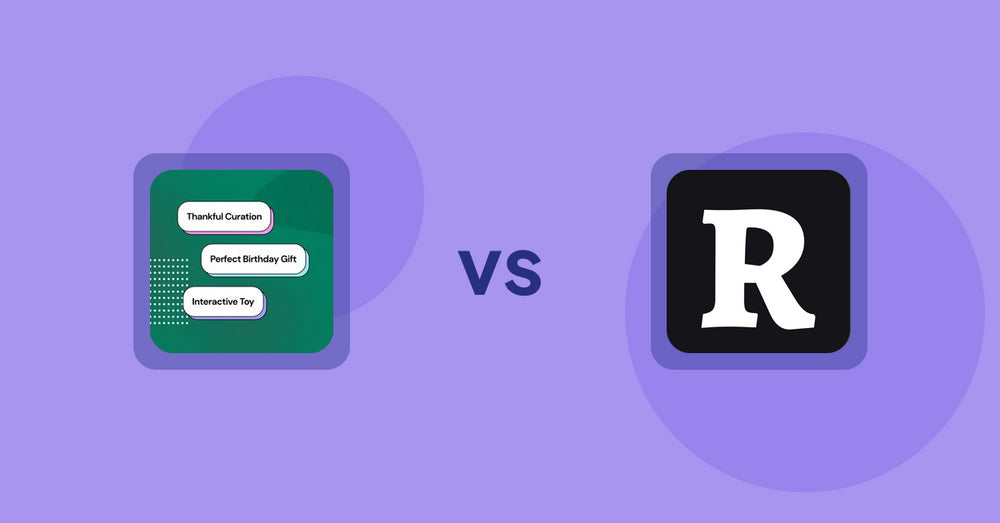
Shopify Product Display Apps: FeatureFrame ‑ Pretty Product vs. AI SEO: Top Product Features
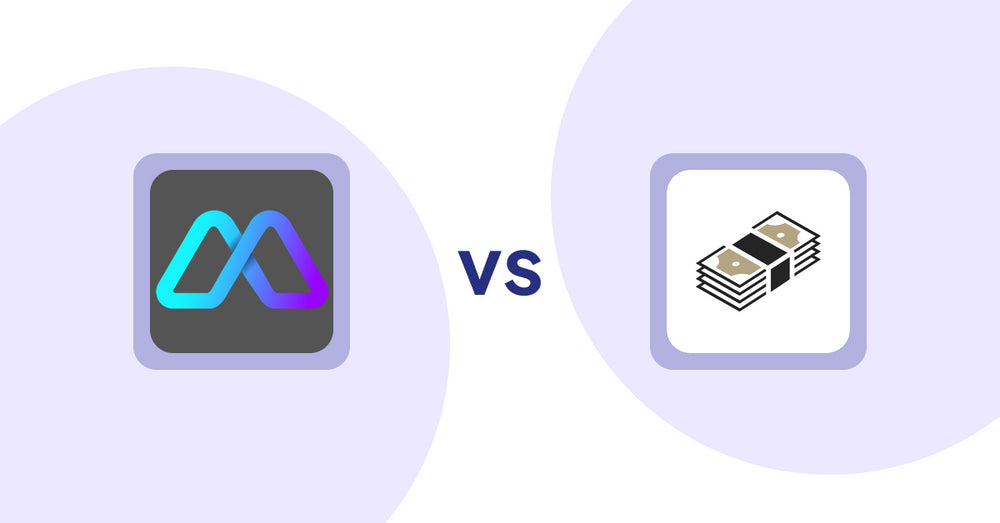
Shopify Product Display Apps: Metadrob: Create Virtual Store vs シンプルクラウドファンディング|お手軽自社クラファン
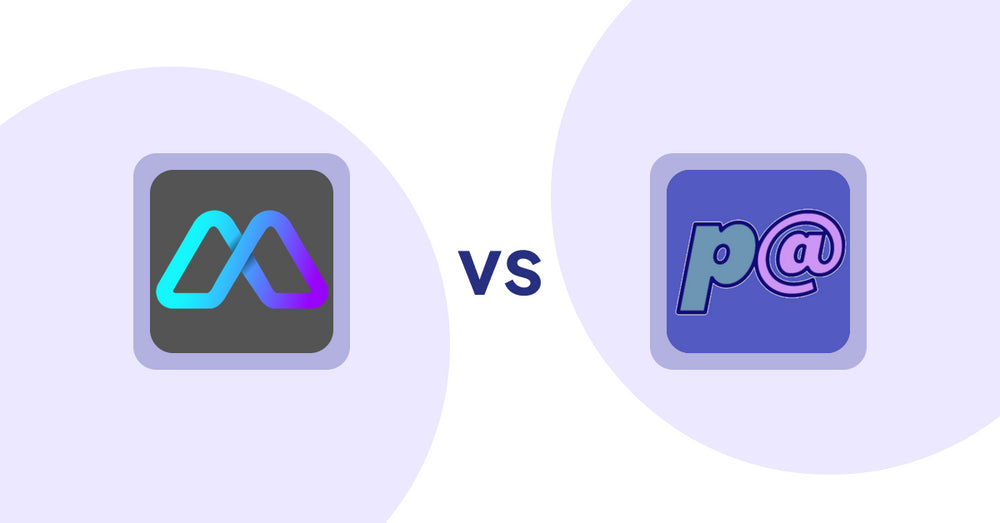
Shopify Product Display Apps: Metadrob: Create Virtual Store vs Parameterizer
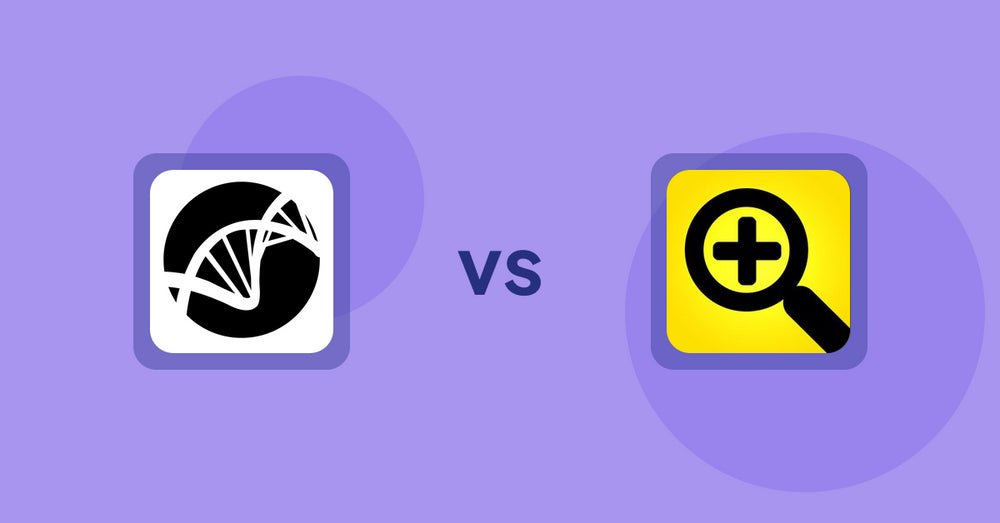
Shopify Product Display Apps: Bike Matrix vs. Fast View: Fastest Quick View
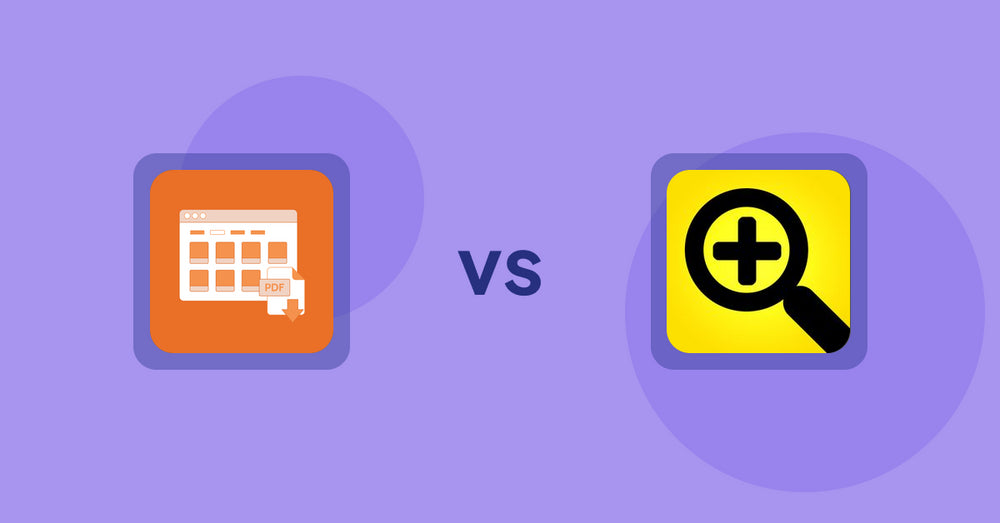
Shopify Product Display Apps: Meetanshi PDF Product Catalog vs Fast View: Fastest Quick View
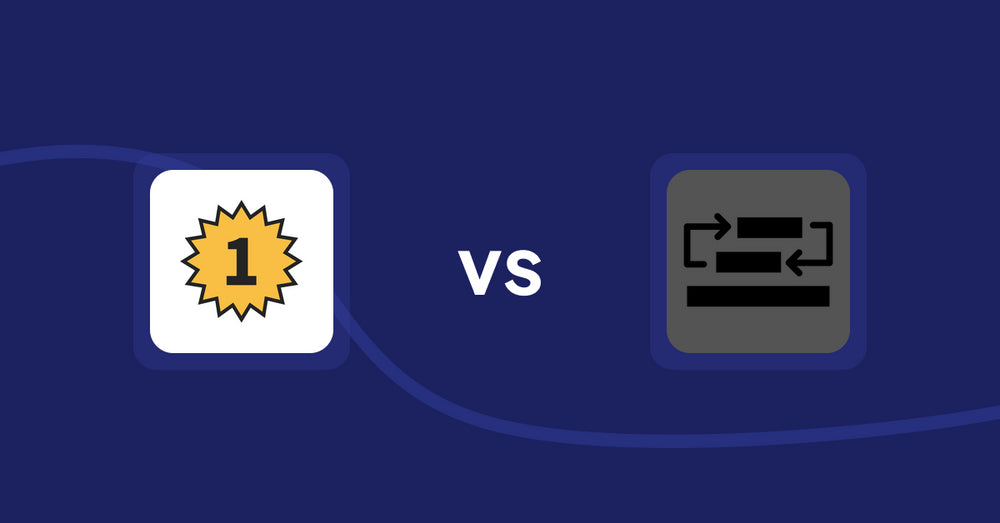
Shopify Product Display Apps: UR: Smart Ranking vs Sortyfi Collection Merchandise
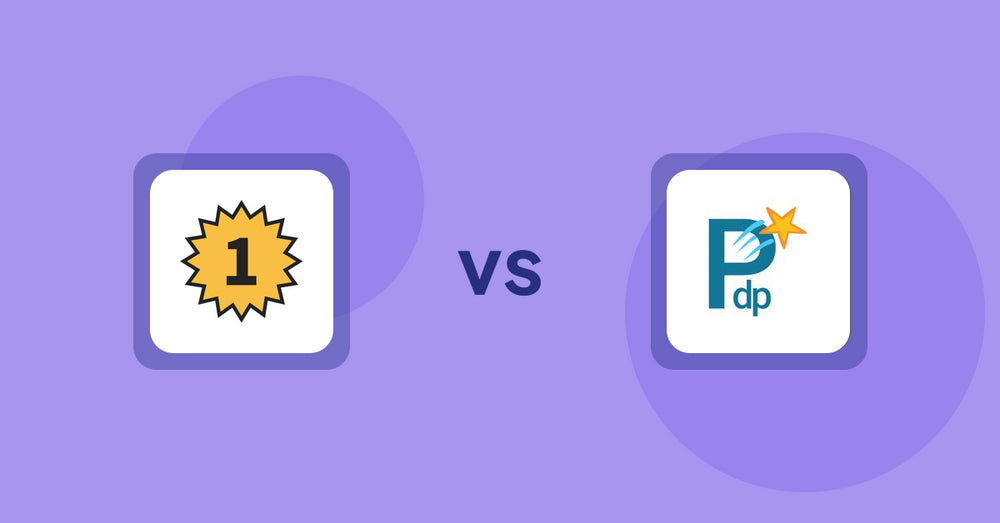
Shopify Product Display Apps: UR: Smart Ranking vs PDP Star
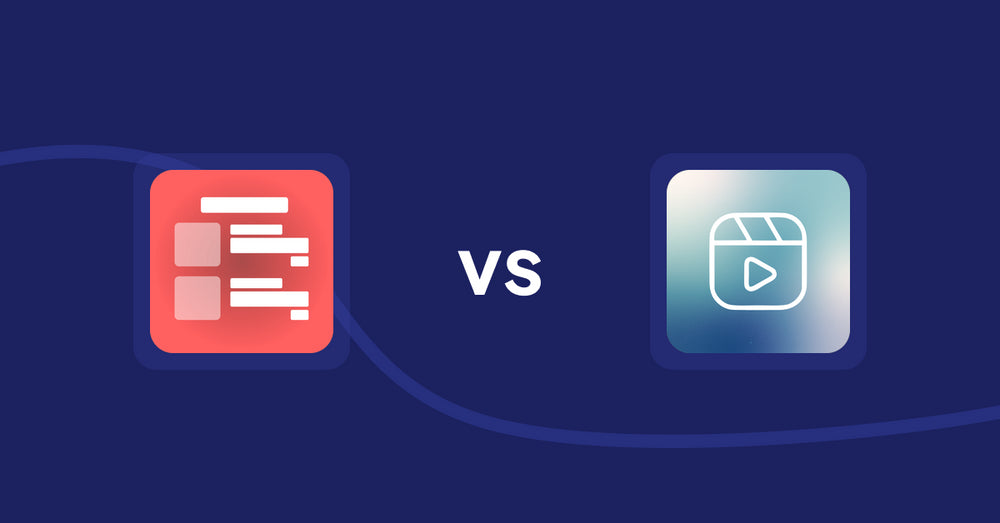
Shopify Product Display Apps: Menulog vs Reelify ‑ Shoppable Reel Video
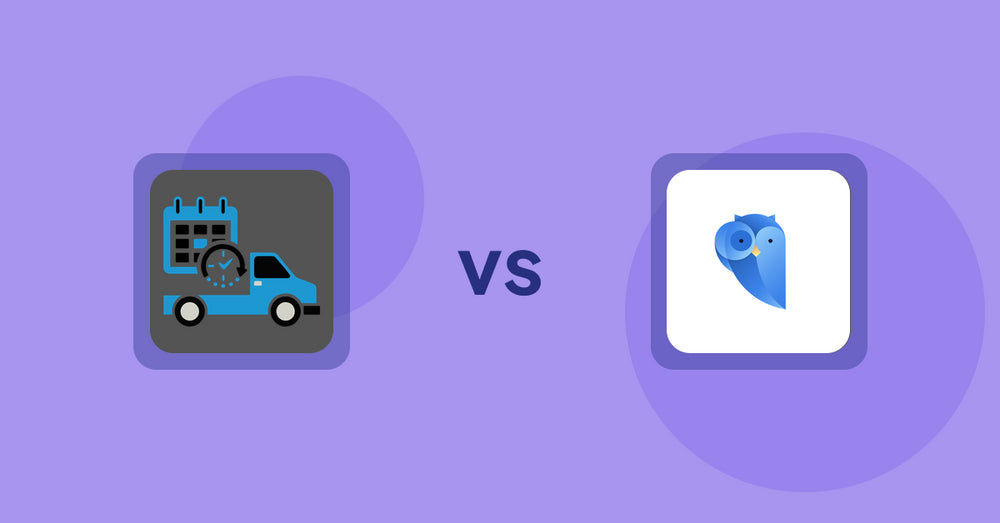
Shopify Product Display Apps: H3 Estimated Delivery vs Findify Search & Merchandise
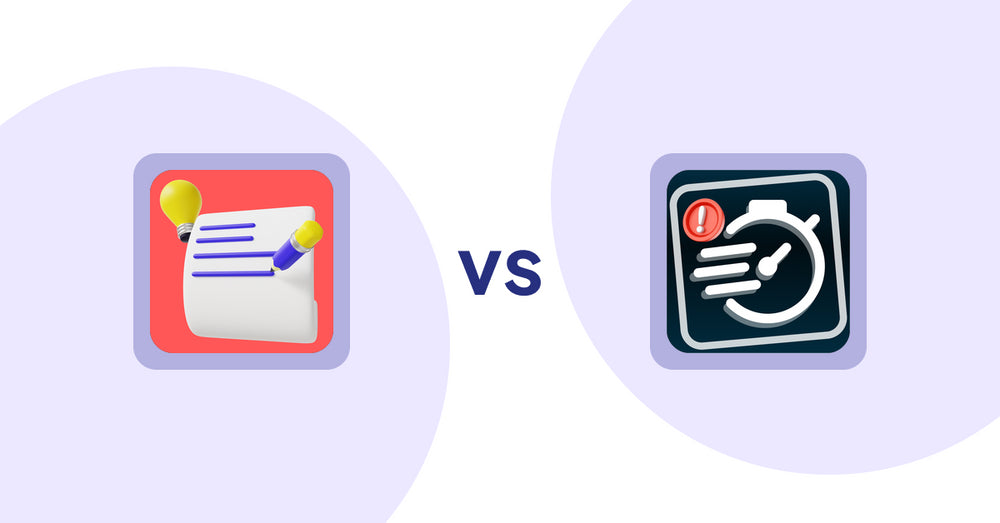
Shopify Product Display Apps: Wordo ‑ ChatGPT AI Description vs Urgency! Low Stock Counter
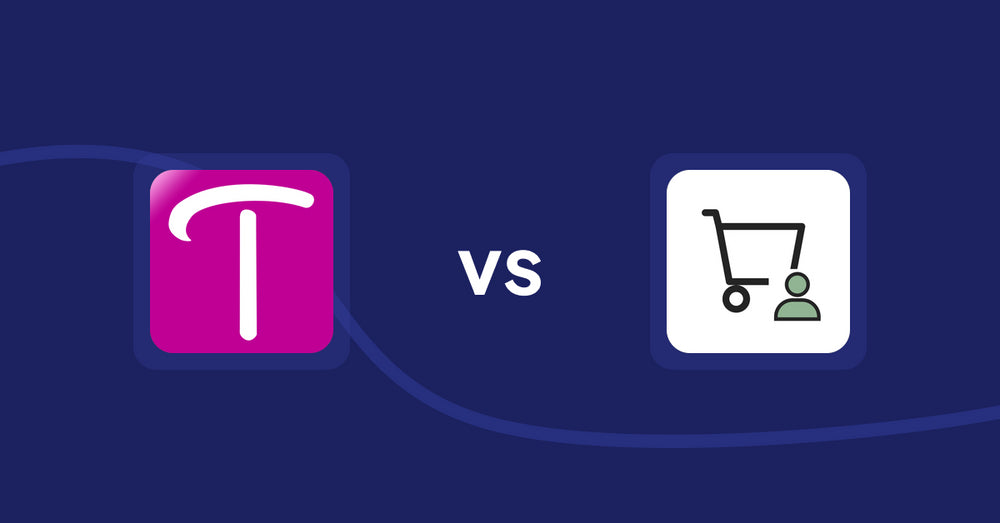
Shopify Product Display Apps: WS Transparency vs シンプル会員注文割引|お手軽ログインセール設定
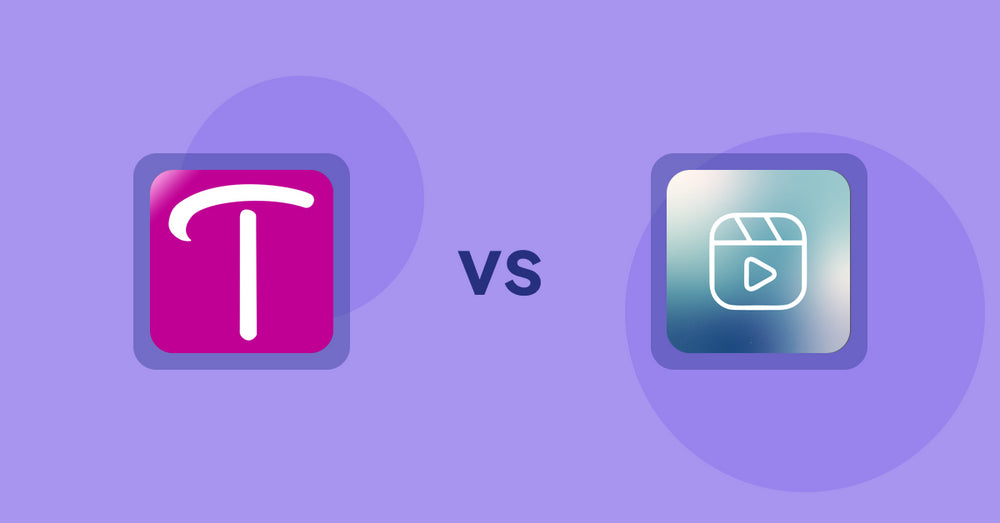
Shopify Product Display Apps: WS Transparency vs Reelify ‑ Shoppable Reel Video
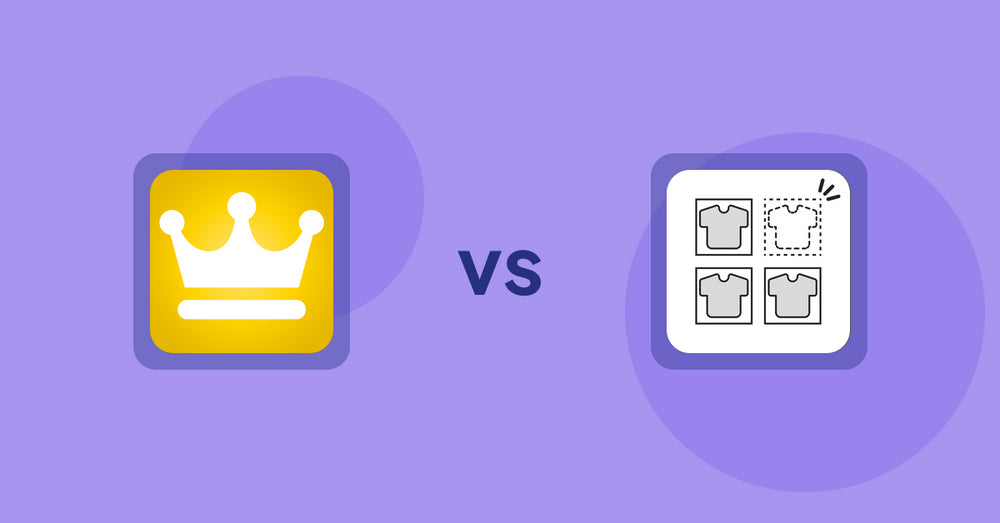
Shopify Product Display Apps: Awesome Ranking vs シンプル売り切れ非表示|在庫切れ商品の表示変更
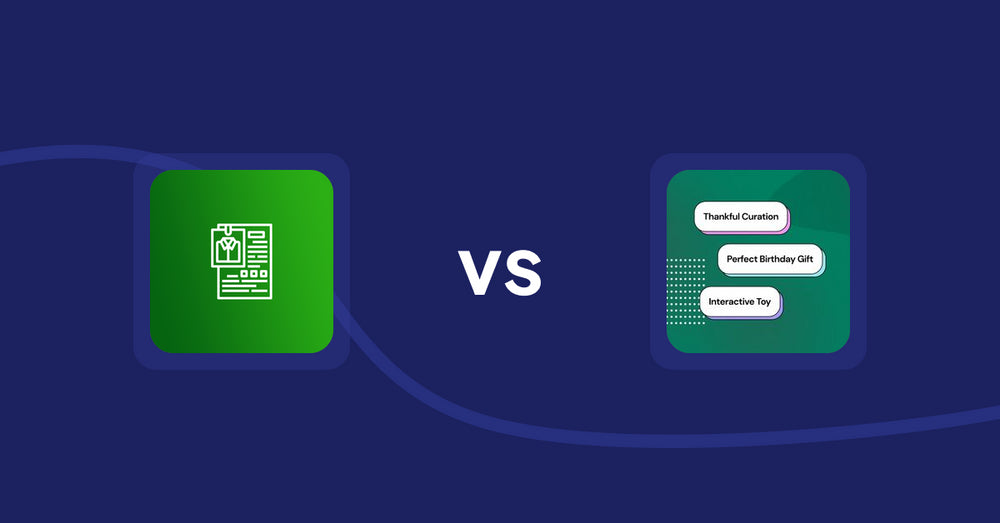
Shopify Product Display Apps: OC Product Size Chart vs FeatureFrame ‑ Pretty Product
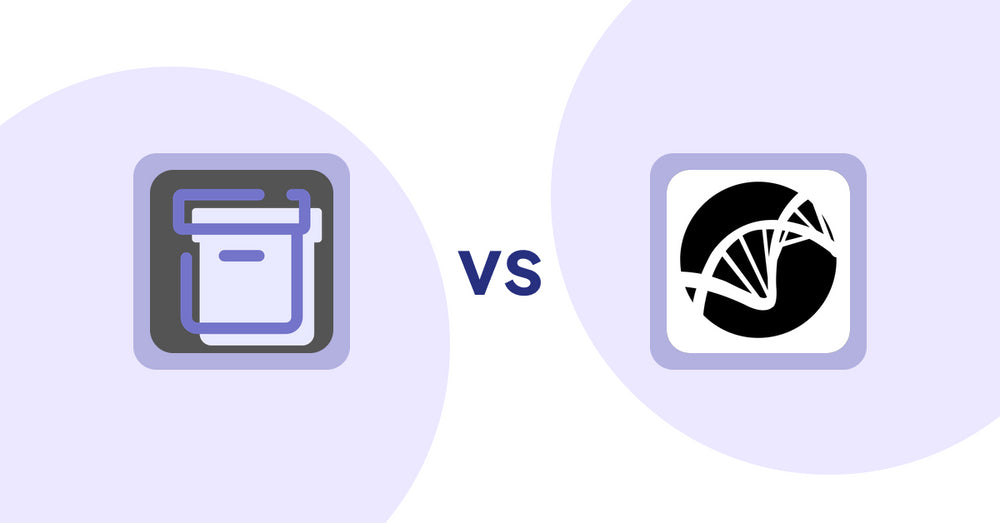
Shopify Product Display Apps: Shelfify vs Bike Matrix
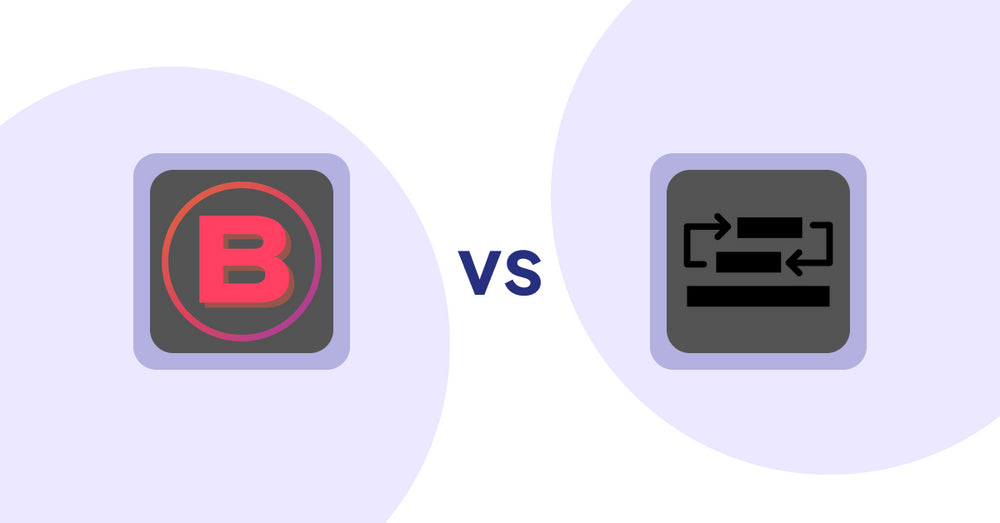
Shopify Product Display Apps: Banter Stories vs Sortyfi Collection Merchandise
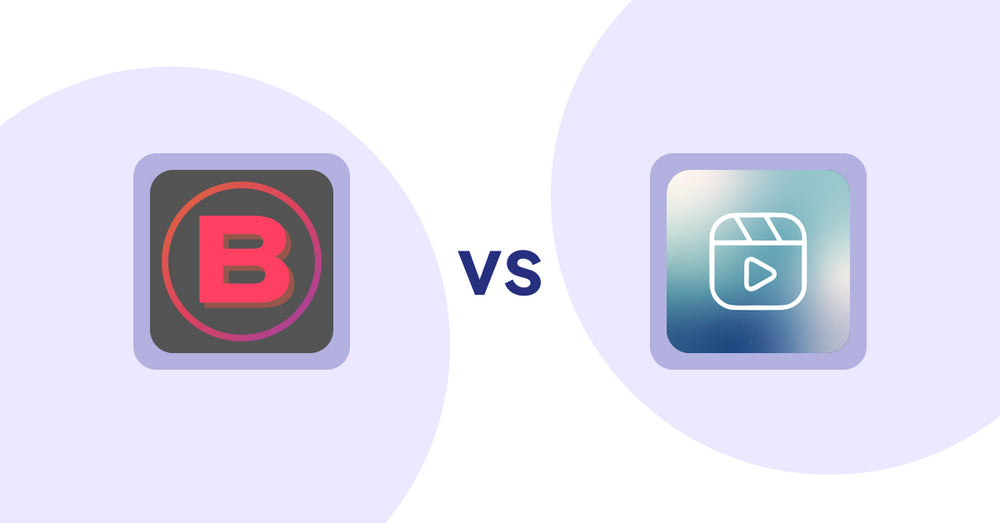
Shopify Product Display Apps: Banter Stories vs. Reelify ‑ Shoppable Reel Video
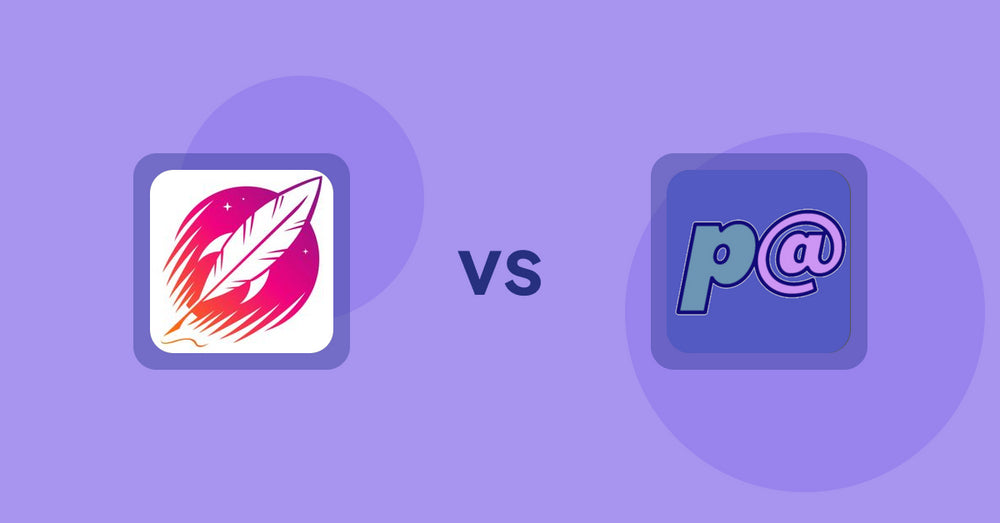
Shopify Product Display Apps: Wordsmith: Content Generator vs Parameterizer
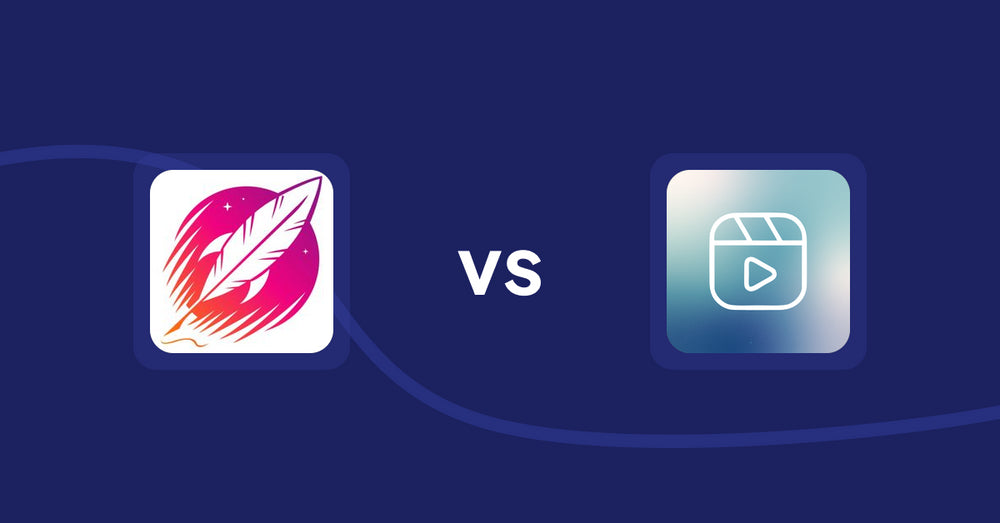
Shopify Product Display Apps: Wordsmith: Content Generator vs Reelify ‑ Shoppable Reel Video
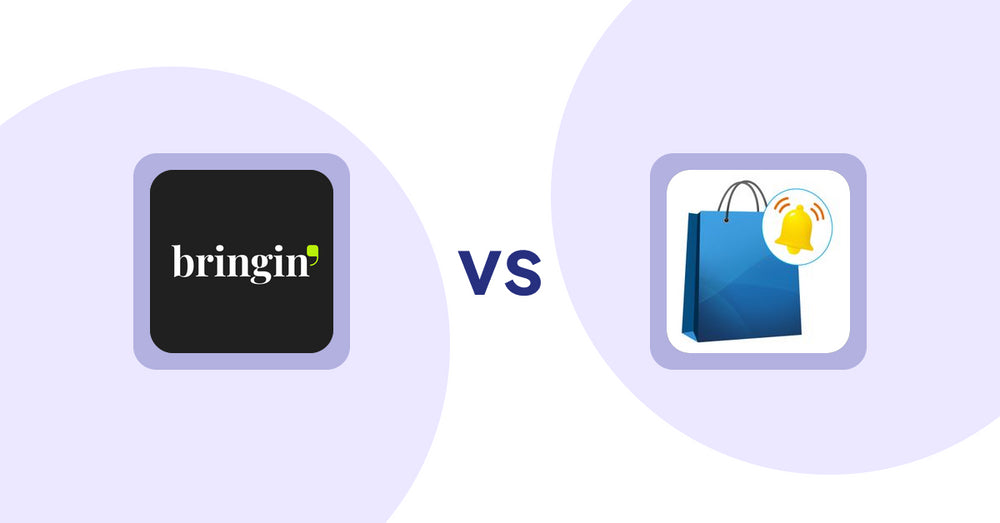
Shopify Product Display Apps: Bringin vs CartBar ‑ Product Purchase Bar
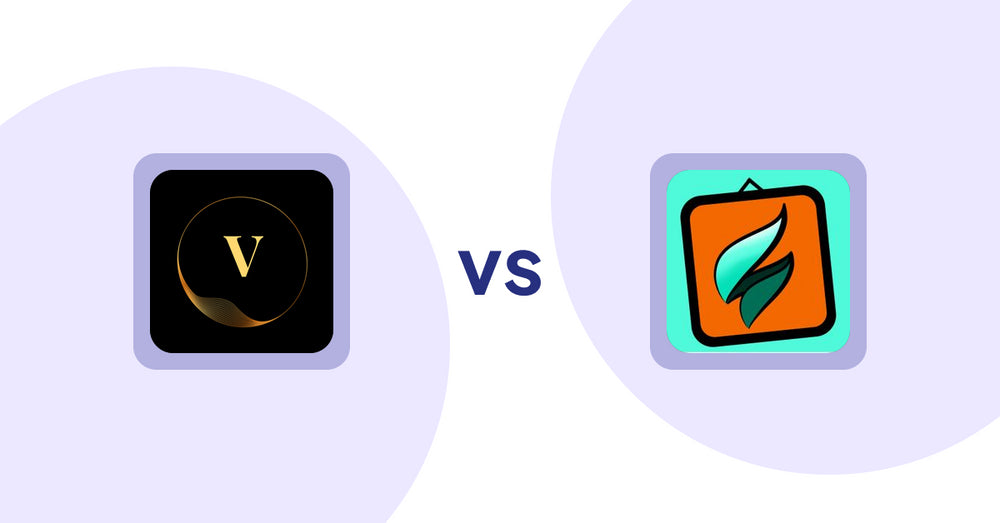
Shopify Product Display Apps: ProductTube vs SMART ‑ Art Product Builder
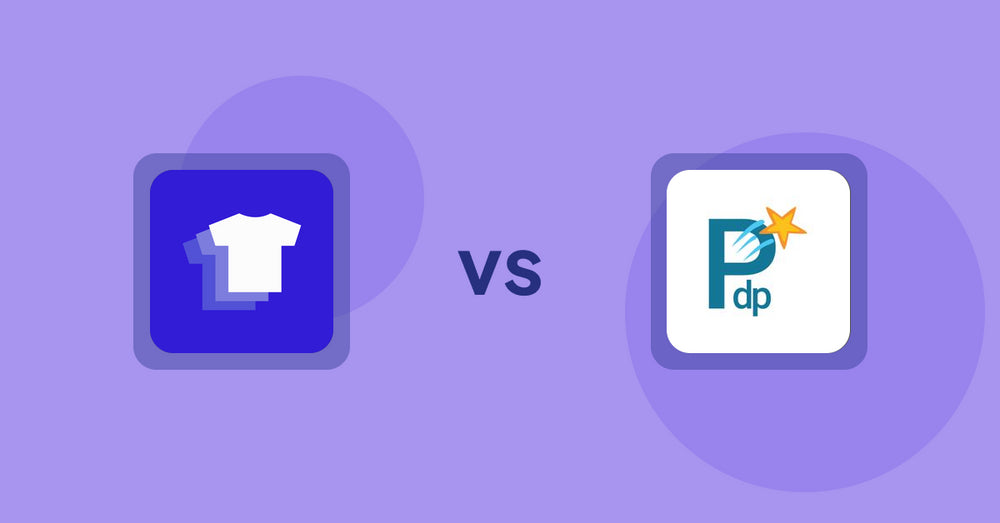
Shopify Product Display Apps: Xpander vs PDP Star
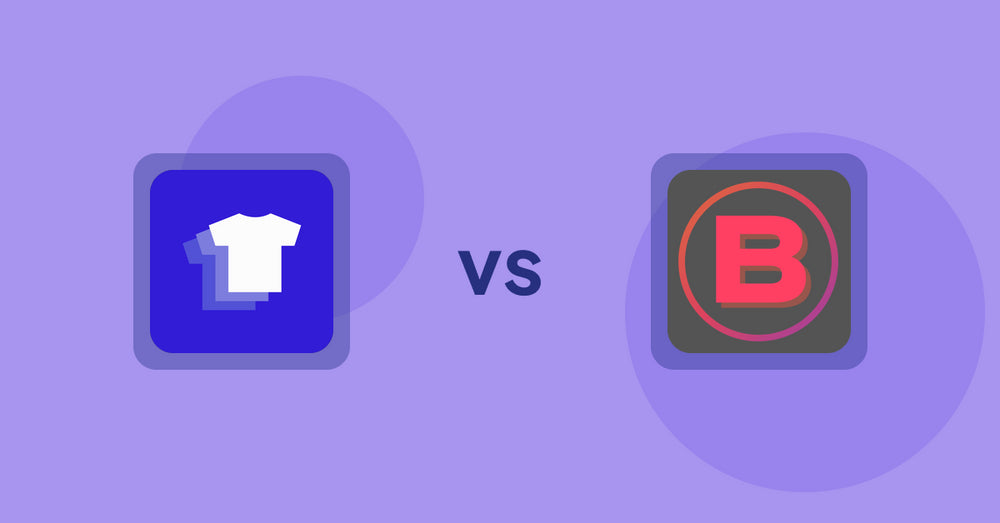
Shopify Product Display Apps: Xpander vs Banter Stories
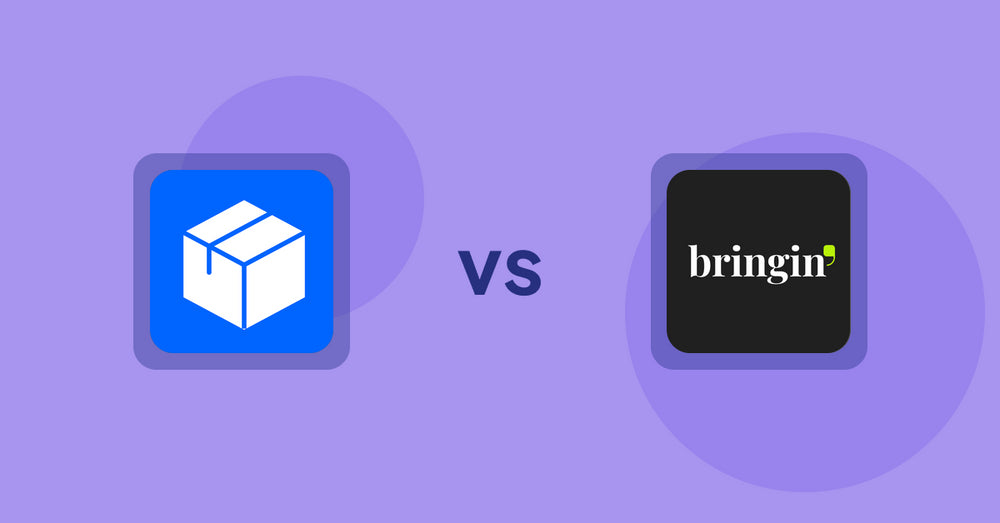
Shopify Product Display Apps: Wonderful Widgets vs Bringin
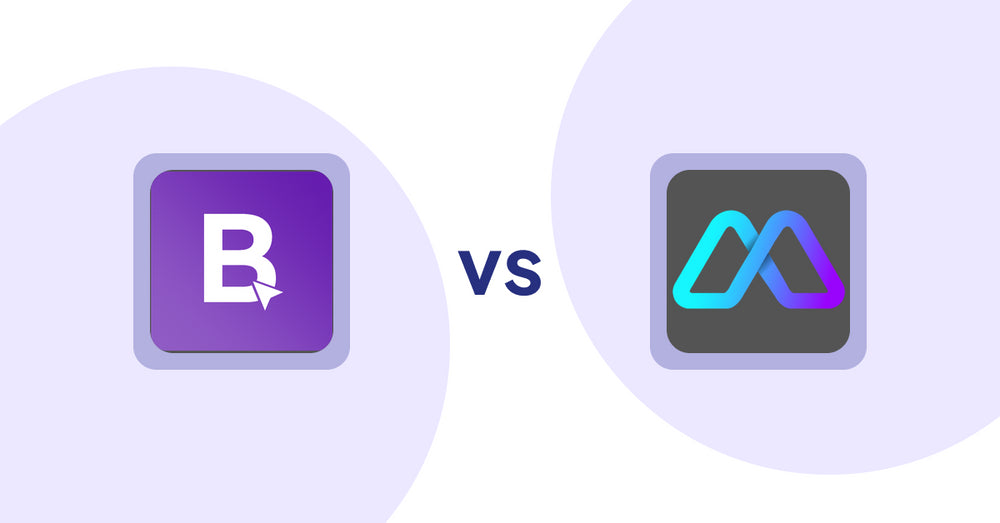
Shopify Product Display Apps: BookE - Rent Property & Service vs Metadrob: Create Virtual Store
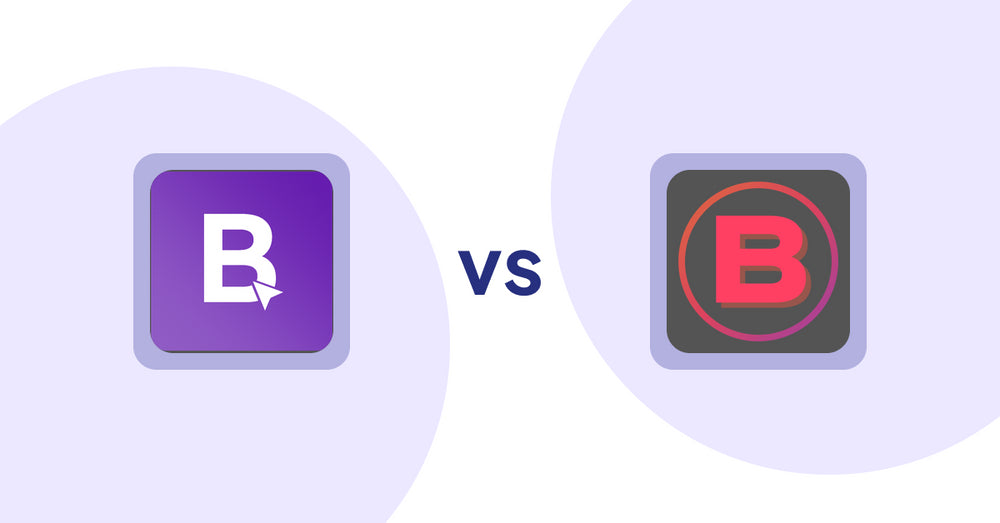
Shopify Product Display Apps: BookE ‑Rent Property & Service vs. Banter Stories
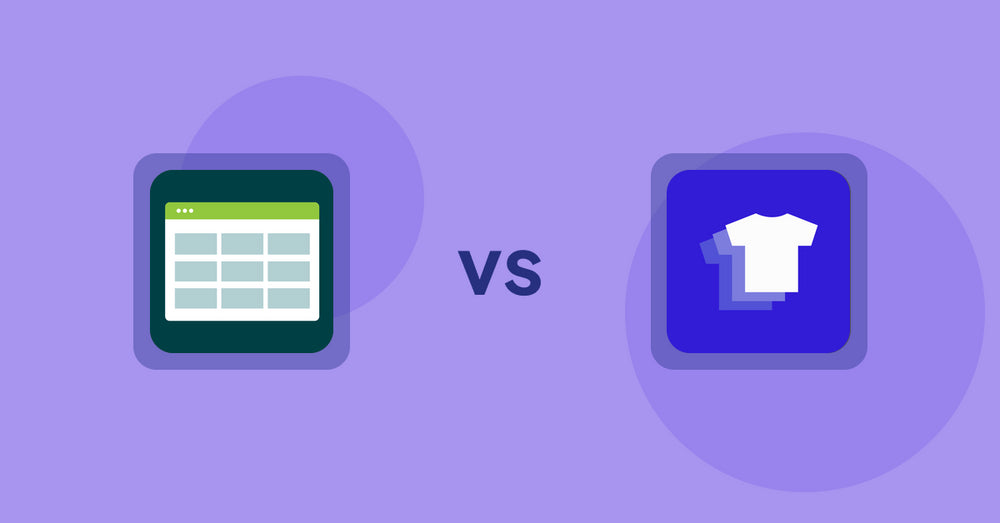
Shopify Product Display Apps: Product Table vs. Xpander
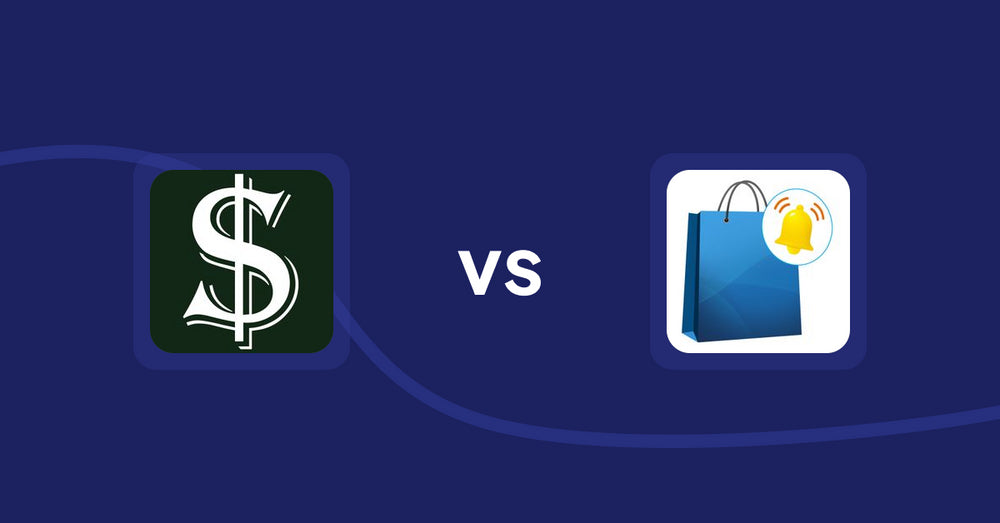
Shopify Product Display Apps: Selling Fast vs CartBar ‑ Product Purchase Bar
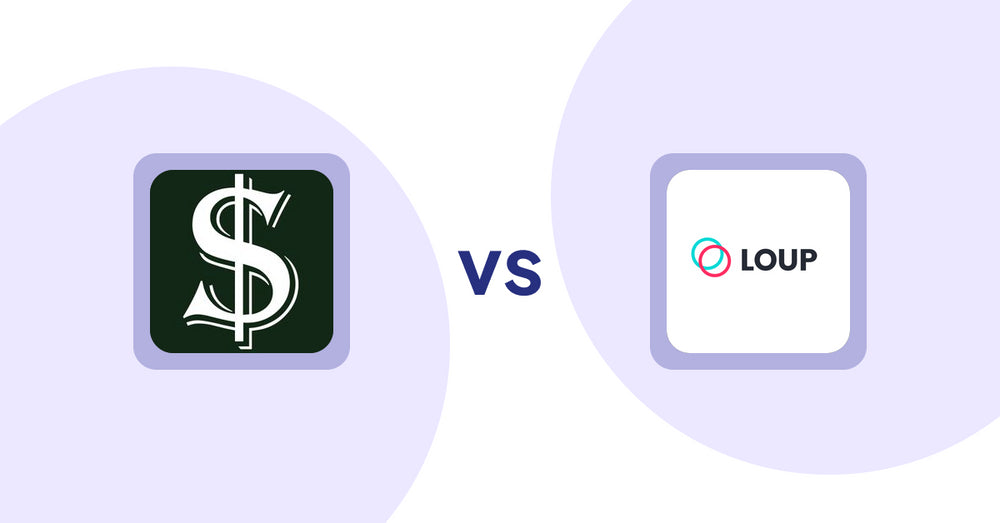
Shopify Product Display Apps: Selling Fast vs. Loup: Sell on Instagram

Shopify Product Display Apps: Selling Fast vs. Findify Search & Merchandise
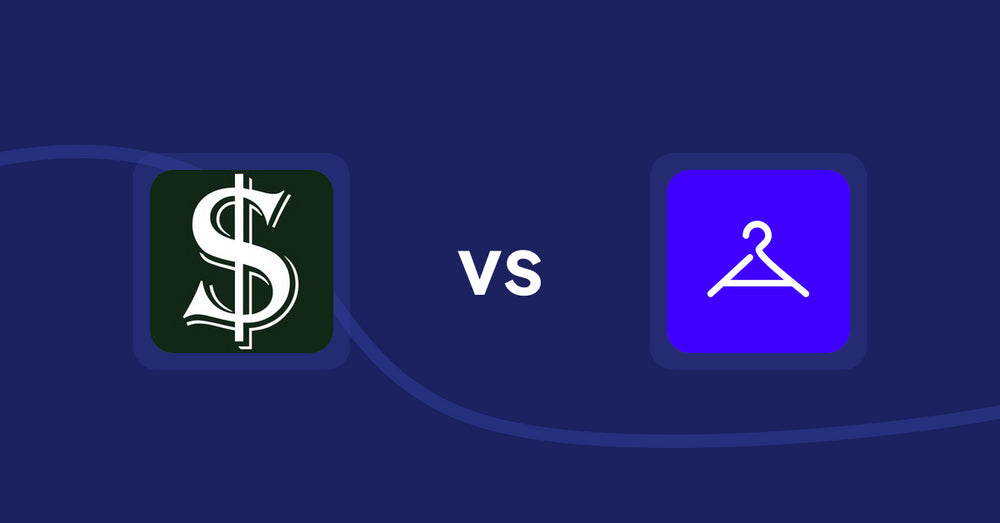
Shopify Product Display Apps: Selling Fast vs. Aiuta
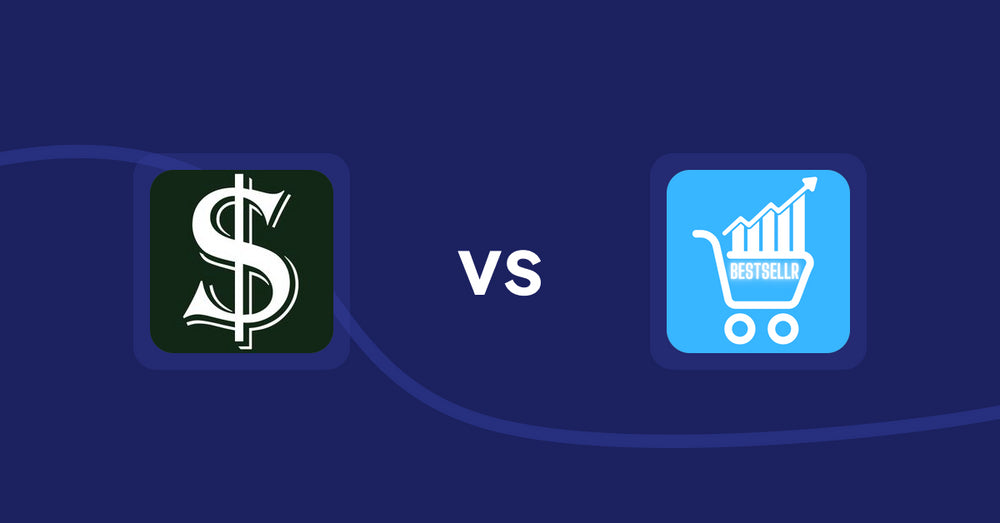
Shopify Product Display Apps: Selling Fast vs Bestsellr
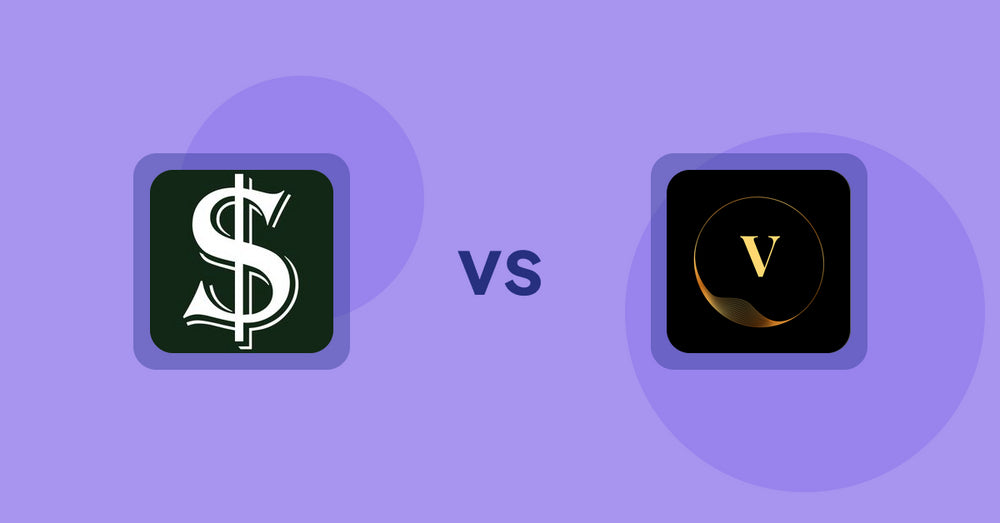
Shopify Product Display Apps: Selling Fast vs ProductTube
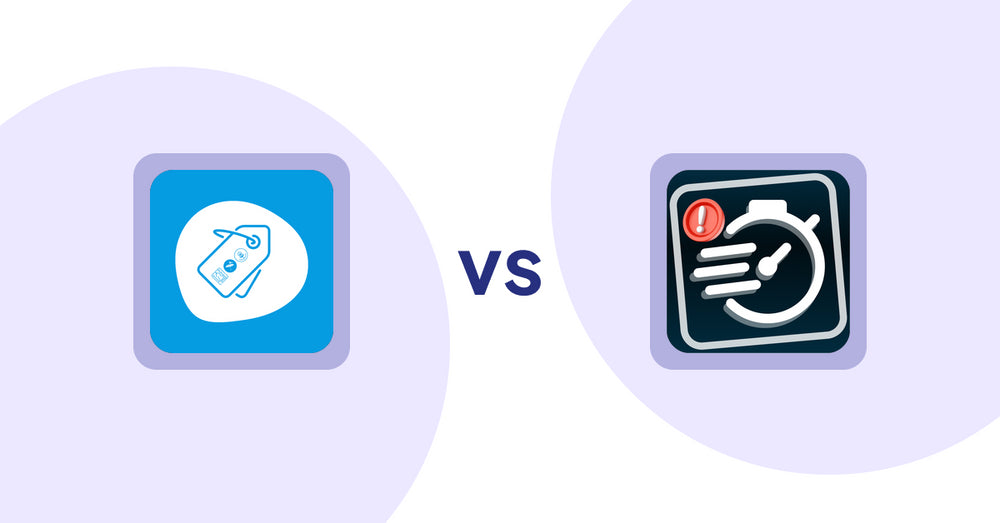
Shopify Product Display Apps: Extendons Product Tag Images vs Urgency! Low Stock Counter

Shopify Product Display Apps: Writer Sofia vs シンプルクラウドファンディング|お手軽自社クラファン
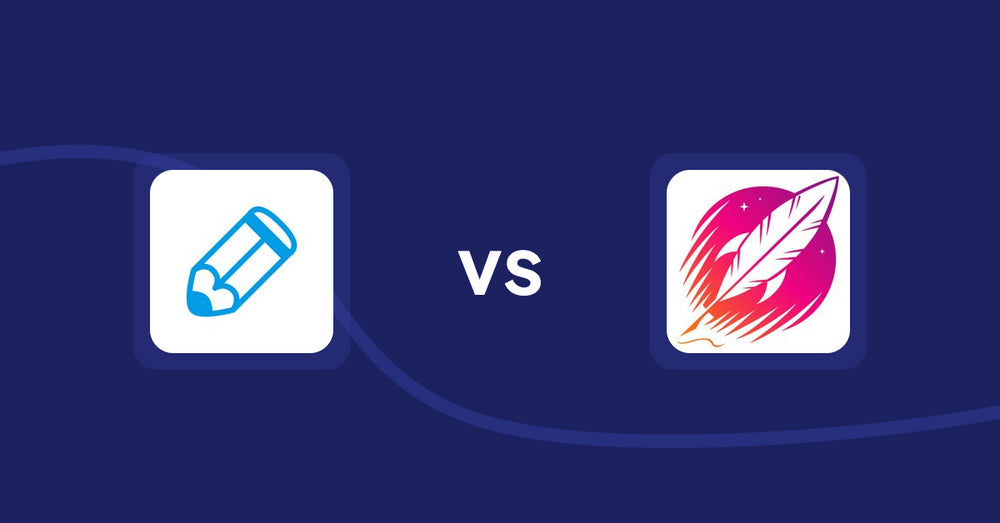
Shopify Product Display Apps: Writer Sofia vs Wordsmith: Content Generator
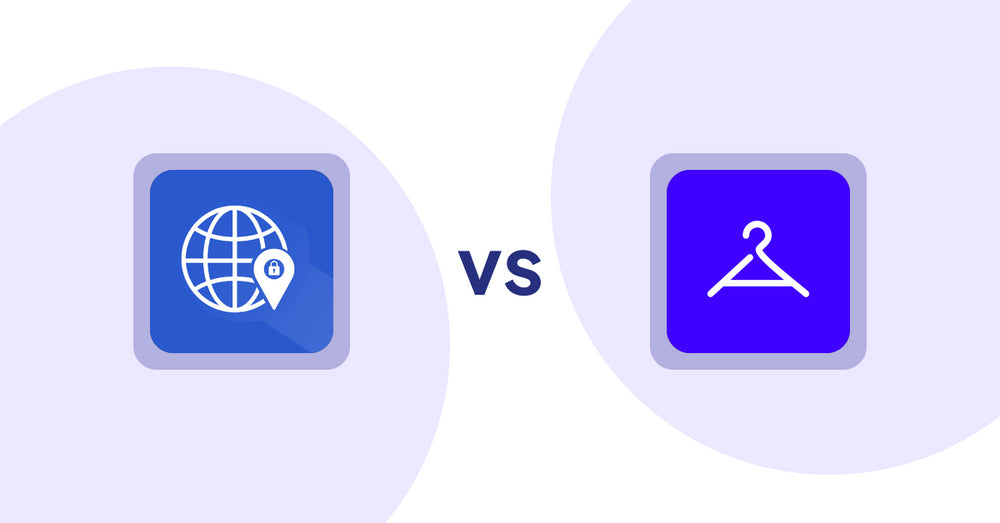
Shopify Product Display Apps: Addify ‑ Country Restrictions vs Aiuta
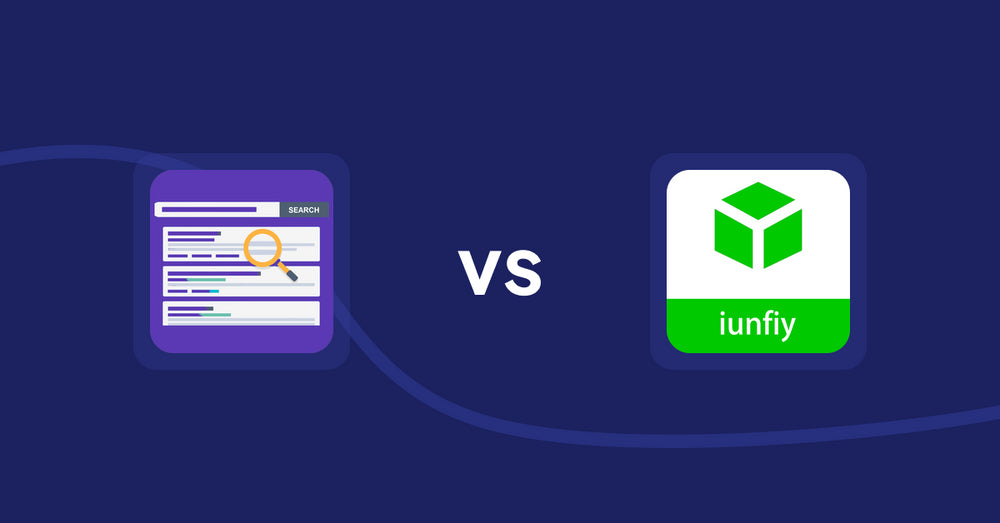
Shopify Product Display Apps: Spark AI Products Description vs iunfiy • Related Products

Shopify Product Display Apps: BeUnico vs Loup: Sell on Instagram
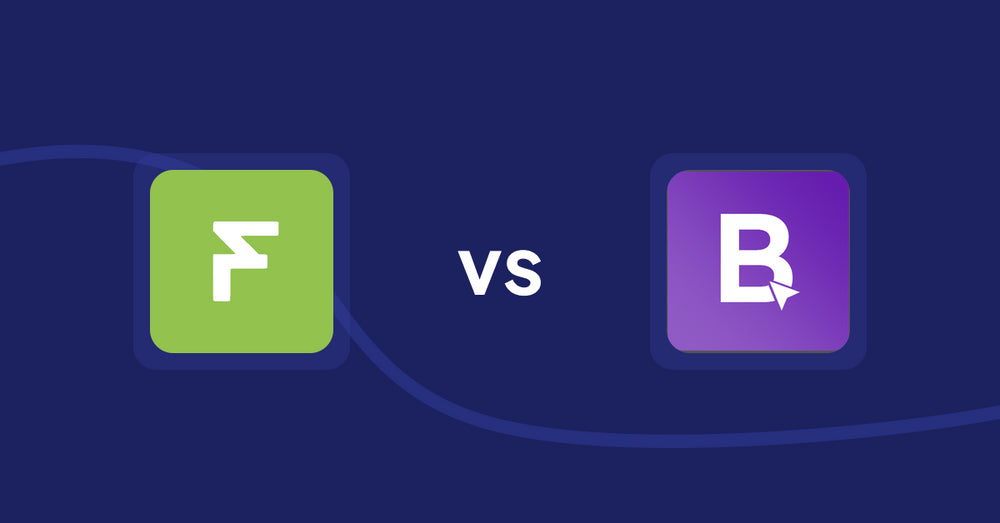
Shopify Product Display Apps: Easy Estimate Shipping vs BookE ‑Rent Property & Service
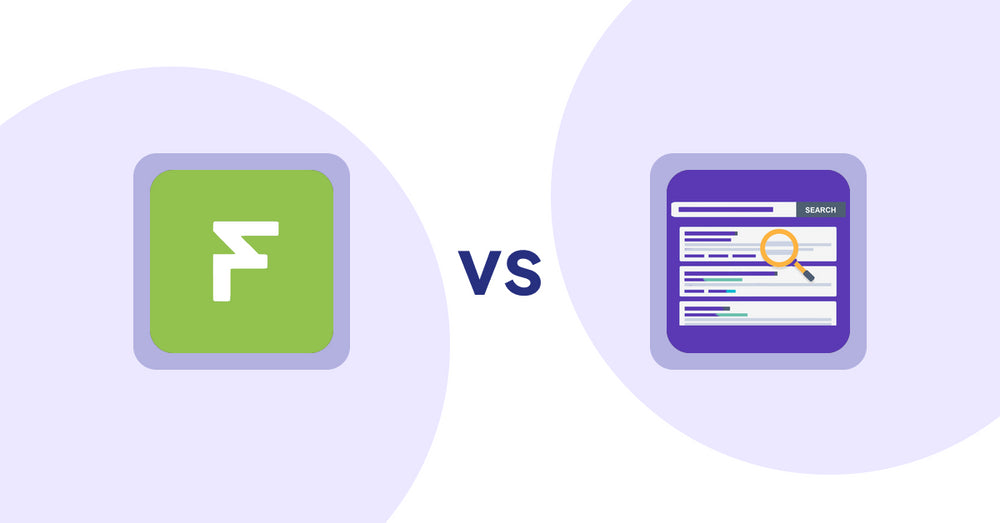
Shopify Product Display Apps: Easy Estimate Shipping vs. Spark AI Products Description
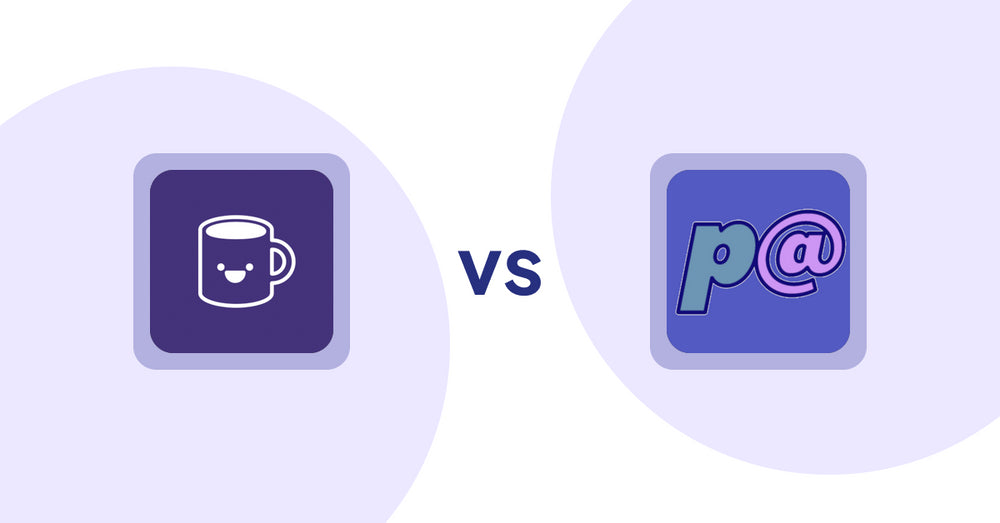
Shopify Product Display Apps: Mugshot Bot vs Parameterizer
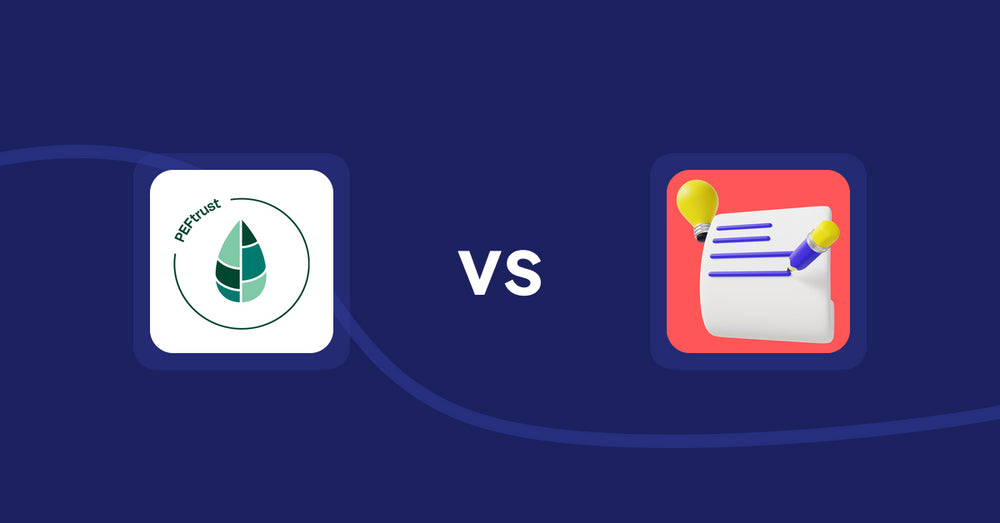
Shopify Product Display Apps: Peftrust vs. Wordo ‑ ChatGPT AI Description
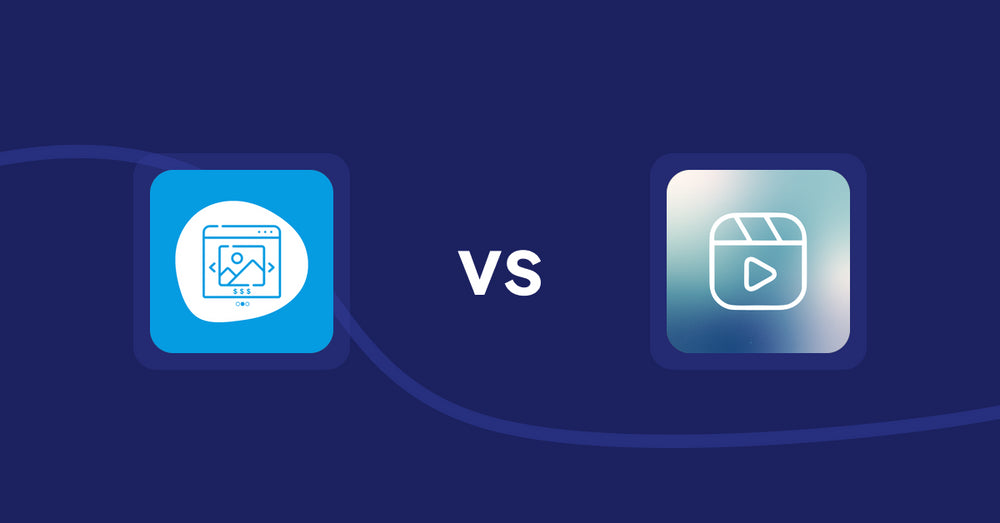
Shopify Product Display Apps: Quick Product Navigator Slide vs Reelify ‑ Shoppable Reel Video
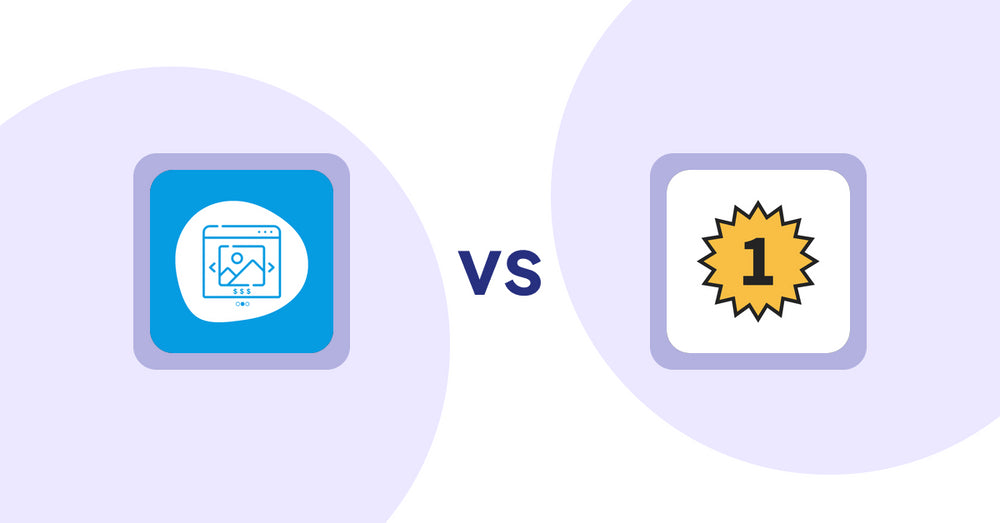
Shopify Product Display Apps: Quick Product Navigator Slide vs. UR: Smart Ranking
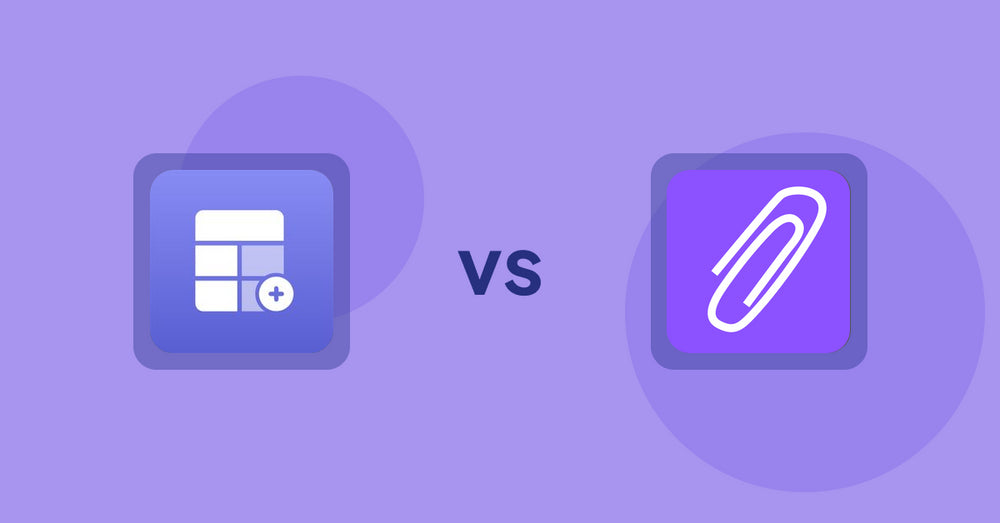
Shopify Product Display Apps: Eazy Specification Tags Table vs Agile Attachments
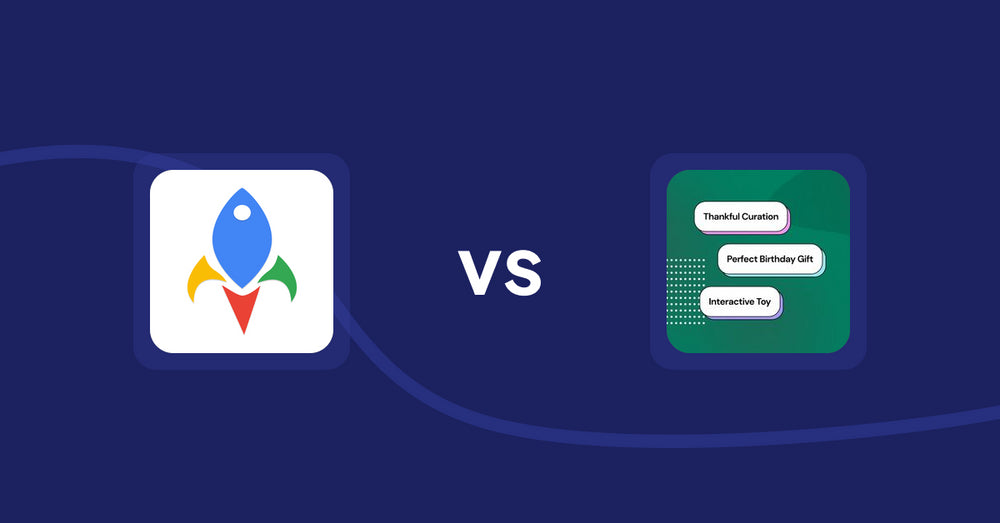
Shopify Product Display Apps: Jedi Back In Stock Admin Alert vs FeatureFrame ‑ Pretty Product
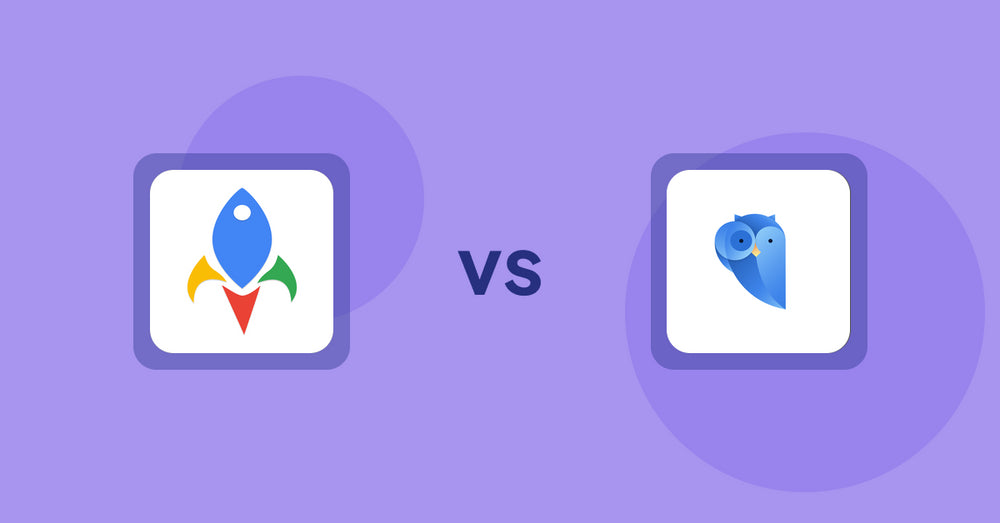
Shopify Product Display Apps: Jedi Back In Stock Admin Alert vs. Findify Search & Merchandise
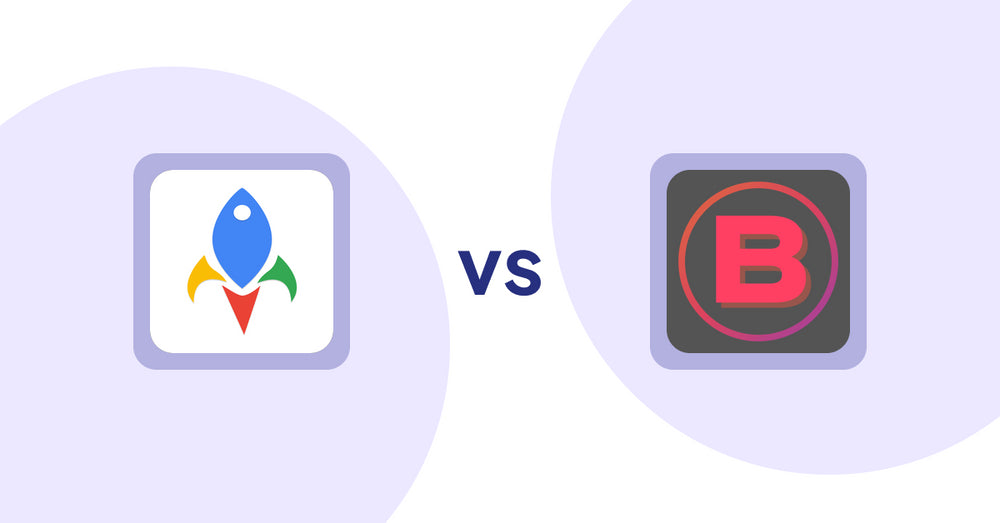
Shopify Product Display Apps: Jedi Back In Stock Admin Alert vs Banter Stories
